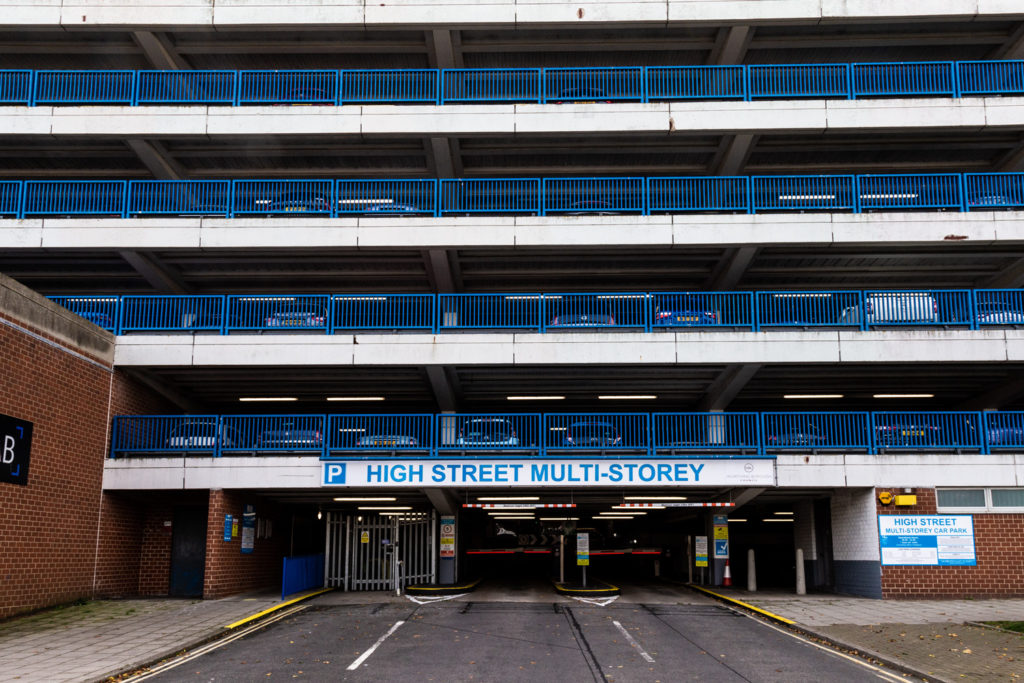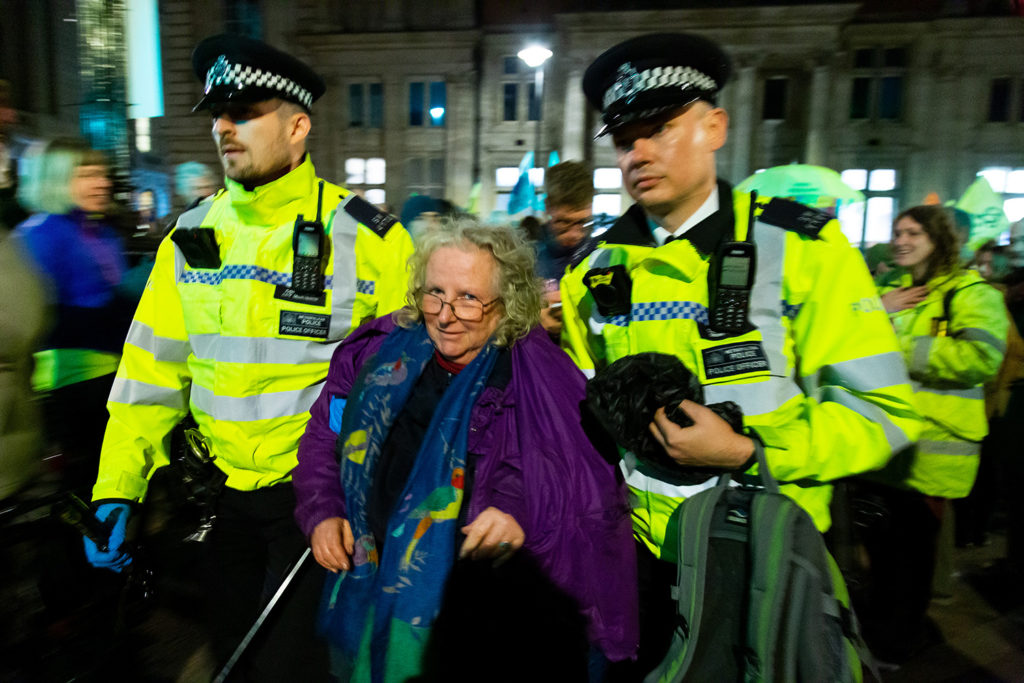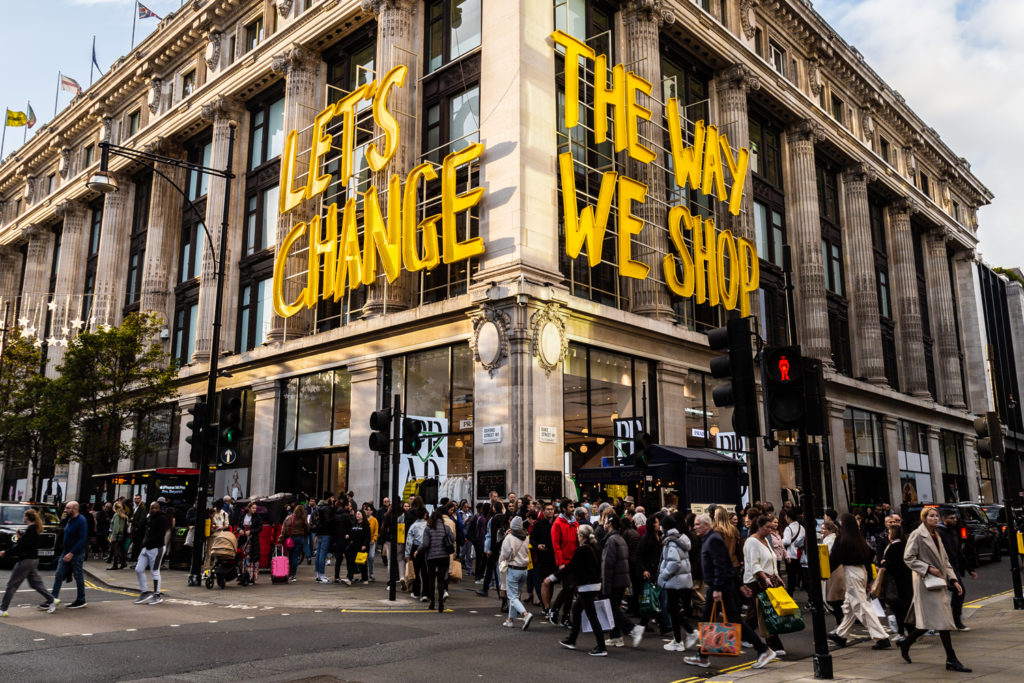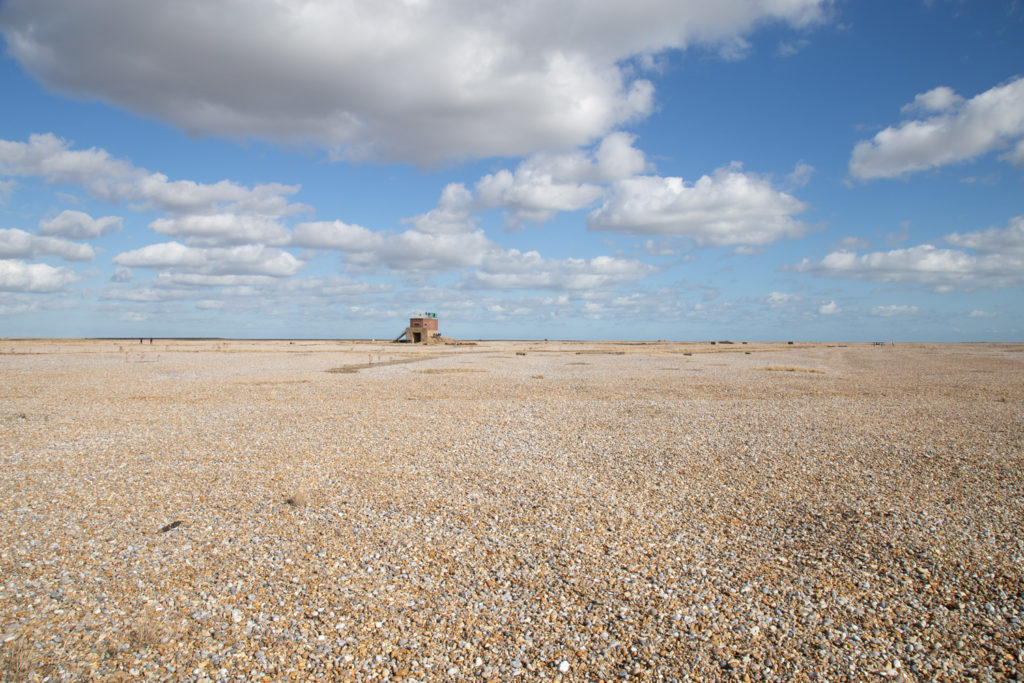
High Street Multi-Storey Car Park
This structure is the High Street Multi-Storey Car Park in Worthing. I would imagine, perhaps naively, that a car park would be built to serve something, built so that people could park before visiting that thing. A station car park would allow people to park before getting on the train. A sports centre car park would allow people to park whilst swimming or playing badminton.
The High Street Car Park in Worthing is so big that a large part of the High Street has been demolished to make way for it. So the very thing that the car park has been built to serve … has been demolished to accommodate the car park.
Just think about how absolutely crazy this is. Towns are about people. Towns and cities are where people live and work. Homes, shops, cafes, pubs, workshops, offices, schools, doctor’s surgeries, dentists and churches are the building blocks of a town. They are deliberately close together so that people can get their business done easily. That’s why towns grew up as they did and that’s why people live there. Because it’s easy.
Cars break all that. Large traffic volumes mean either horribly congested streets or the town remodelled to accommodate new roads. Think of quaint holiday villages jammed solid in the summer as people attempt to drive bulky cars down streets laid down for walkers and ponies. Think of towns where the heart has been ripped and replaced with a one-way system and brutalist concrete multi-stories, the occasional historic building cowering amidst the tarmac.
Planners now talk of walkable cities as if this were an astounding new concept, an architectural elixir of life. But all towns and cities started life as “walkable”. The occupants moved easily from their homes to the shops, to school, to church to their friends. Walkable is the default state of towns and cities.
It’s time to end the love affair with the car. They have their uses, but driving around towns isn’t one of them.
Go to an ancient urban area like Soho, Canterbury or Bury St Edmonds. Marvel at the intimacy and practicality of the streets, remember that these streets have worked like this for hundreds of years.
Tear down the concrete and tarmac and replace them with community. Rather than traffic fumes, the air will smell of cooking. Rather than the roar of traffic, you will be able to hear people laughing outside the pub. That’s better.






